Merriam Webster defines a factory farm as:
“A large industrialized farm, especially a farm on which large numbers of livestock are raised indoors in conditions intended to maximize production at minimal cost.”[1]
Though the concepts are clear, there is not much agreement about the specific parameters – the numbers of animals, the levels of confinement, and the production practices. Here, we further explore the defining features of factory farms.
factory farm, Merriam Webster Dictionary, merriam-webster.com
Some organizations may avoid the term factory farm because of its implicit criticism which may brand their writing or activities as “activist.” Others may have a strategic purpose in working with the animal ag industry or wish to be considered more mainstream. They tend to use other terms like industrial animal agriculture or intensive animal production or simply use the word CAFOs when referring to individual operations.
Because the EPA has established regulatory parameters for CAFOs, there’s some inherent credibility to the conclusion that a large or medium size CAFO is a factory farm. And since the EPA also defines AFOs (animal feeding operations), some organizations tend to use CAFO to mean factory farm and the term AFO to mean something smaller than a factory farm.
First, the EPA’s nomenclature is based on arbitrary size designations that were created for a single purpose: to evaluate whether the amounts of manure and accompanying pollutants are a direct threat to water safety.
Secondly, using the word CAFO to mean factory farm implies that smaller sized operations are something other than factory farms. Despite the designation of many AFOs as small, and despite the USDA and the animal ag industry touting how many “small farms” raise livestock, many AFOs would fit an average observer’s definition of a factory farm.
Third, the EPA currently identifies ~21,180 operations as CAFOs,[1] when there are likely more than 60,000 operations that meet common-sense definitions of factory farms.[2] According to the EPA, farms that maintain, for example, 20,000 broilers, 20,000 egg-laying hens, 700 grown pigs, or 15,000 turkeys are almost always designated as AFOs because they do not reach the size thresholds of Medium CAFOs. Even operations with significantly larger numbers of animals (that meet the regulatory animal number requirements for Medium CAFOs) are only designated as CAFOs if they also discharge pollutants into waters of the U.S.[3]
US EPA (May 2024) NPDES CAFO Permitting Status Report: National Summary, End year 2023.
See, Total Number of Factory Farms
40 CFR § 122.23(b)(6) Concentrated animal feeding operations.
The term factory farm avoids the issues surrounding the EPA’s arbitrary AFO/CAFO designations. We think the term is the simplest and most accurate description of an industrialized farmed animal operation.
If anything, including the word farm in the term lends a positive spin. These are not farms in any traditional understanding of the word. A farm is defined by land, not by warehouse-size metal sheds. These commercial operations more closely resemble manufacturing plants. Given that the alternative terms are cumbersome or not well understood (e.g., industrial livestock production operation), the term factory farm is a reasonably accurate term.
Here is a prioritized listing of what we believe to be the defining features of a factory farm:
Confinement – Producers confine the animals with little to no chance to live a life in the natural world.
Commodified Animals – The animals are viewed only as economic outputs; their bodies are mutilated, and drugs are given to fit the needs of producers. Levels of animal care and decisions on culling are based strictly on profitability.
Unnatural Diets – Food is brought to the animals, mostly processed from corn, soy, and other feed crops.
Concentrated Manure – Manure becomes a liability: a low value product, difficult to store, and expensive to transport.
Dependent on Corporate Supply Chain – Production methods are determined by the requirements of large companies higher up the supply chain.
Considering all the factors noted above, many, if not most, AFOs are factory farms.
The U.S. Census of Ag provides information about the number of farms and the number of animals on those farms. It does not provide information about whether animals are confined, and neither the USDA nor the EPA tracks the number of AFOs. Therefore, we make assumptions based on the number of animals in inventory. Although the total number of animals on a farm is not the defining characteristic of a factory farm, it is a reasonable indicator of the likelihood that the animals are confined, eating feed crop diets, and treated like product components rather than sentient beings. Our best estimate for the number of factory farms is about 65,000.[1,2]
For assumptions, see, Total Number of Factory Farms [Naturally, we welcome other estimates.]
For analysis, see: https://docs.google.com/spreadsheets/d/1vvN6-XC12_AL0Q0l6ooVdMW-m7LYrNdhMbs2FboKpOs/edit?gid=0#gid=0
